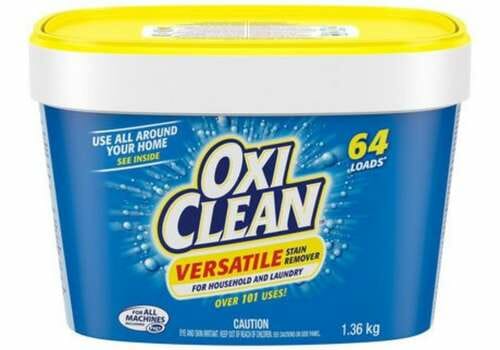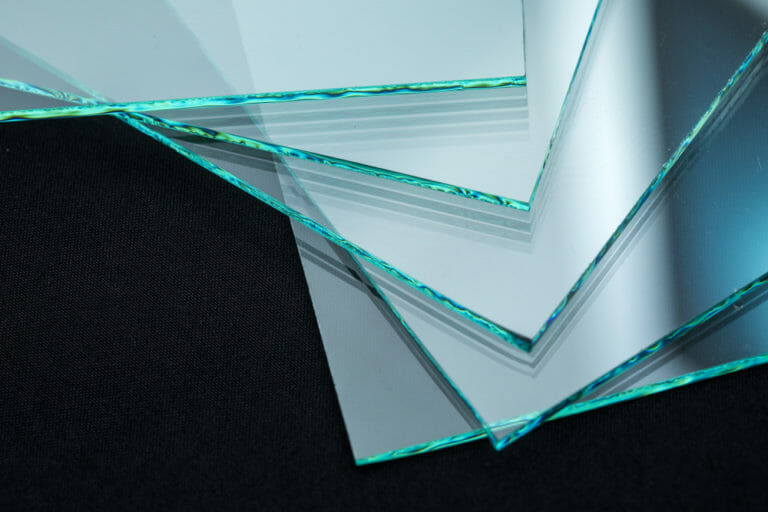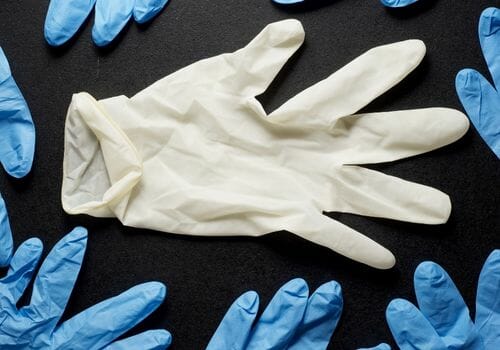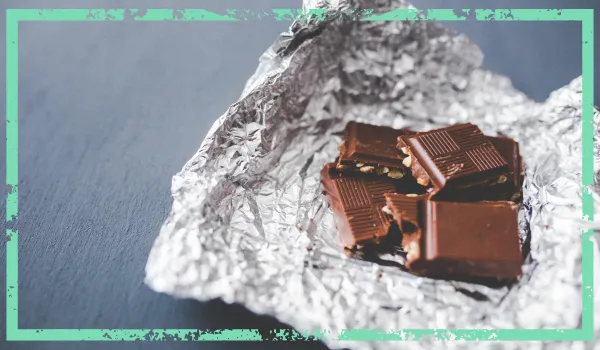Do Fingernails Decompose? Exploring the Biodegradability of Fingernails Over Time
Death may be the great equalizer, but are our fingernails immortal?
Are you curious about what happens to your discarded fingernail clippings? Believe it or not, these small bits of keratin – the protein that makes up our nails – have their own life cycle.
In this blog post, we will explore the science behind nail decomposition and how various factors can influence this process. Stick around for some mind-blowing facts about your everyday clippings!
- Fingernails are primarily composed of keratin, a tough and durable protein that makes them resistant to decomposition.
- Factors like the environment and presence of microbes can influence how long it takes for fingernails to decompose, which can range from months to years or even centuries.
- Nail clippings can be beneficial for plants as they contain essential nutrients like calcium and phosphorus. They can be used in composting to provide slow-release nitrogen and contribute to healthier plant growth.
- Nail clippings can also be repurposed in DIY projects such as jewelry making, artwork, mosaic decorations, garden markers, and keychains. This promotes creative recycling while reducing waste.
The Science Behind Nail Composition
Nail composition is primarily made up of keratin, a strong and durable protein.
Keratin as the main component
Keratin is the stuff that your nails are made of. This protein also makes up our hair. It’s tough and hard because nail cells are full of keratin. Think about when you cut your fingers or toes nails, it’s not easy to do.
Get Your Hand on Your Eco-Friendly Living Starter Guide!
That’s because keratin has a thing called cysteine in it. Cysteine gives our nails their power to protect us from harm.
Why it’s difficult to break down
Your nails do not break down easily. They are made of keratin, a hard and tough substance. Keratin stands up well to wear and tear. It does not rot fast like food or leaves. The nail structure also plays a part in this slow decay process.
Nails protect themselves from damage by being hard and strong, making the decomposition process take longer. This firmness comes from tightly packed keratin cells stacked on top of each other, creating a shield against quick breakdowns.
Factors Affecting Nail Decomposition
The decomposition of fingernails is influenced by various factors, including the surrounding environment and the presence of microbes.
Environment
The place where the nail bits are put matters a lot. Landfills do not allow nails to break down fast. They have no toxic stuff, but they take a long time to degrade there. Good news is that composting at home can help! Yes, your backyard compost pit is great for it.
Here, helpful bacteria and fungi lend a hand in breaking the keratin down. It may take months, but almost half of your nail clippings can go back into Mother Earth this way.
Presence of microbes
Microbes, like bacteria and other tiny organisms, play a role in breaking down fingernails. They are present on our nails and can contribute to the decomposition process. However, there is some controversy surrounding the presence of microbes under nail polish.
Studies have shown that nails with intact polish do not have a higher amount of microbes compared to unpainted nails. It’s important to note that the area under our fingernails can contain harmful microorganisms, which may lead to cross-contamination if proper hygiene practices are not followed.
So, keeping your nails clean and practicing good nail hygiene is crucial for maintaining healthy nails and reducing the risk of microbial-related issues.
How Long Do Fingernails Take to Decompose?
Fingernails vary in decomposition time based on conditions, but on average they take several years to completely break down.
Varies based on conditions
The time it takes for fingernails to decompose can vary depending on the conditions they are exposed to. In a moist and warm environment, fingernails can break down in just a few months.
However, if the temperature is cold or freezing, the decomposition process can be prolonged. Additionally, chemical exposure can also affect how quickly fingernails degrade. It’s worth noting that like thermoplastics, which are not easily biodegradable and can last for a long time in the environment, fingernails may take longer to decompose under certain circumstances.
So remember, factors such as moisture levels, temperature, and exposure to chemicals all play a role in determining how long it takes for fingernails to break down naturally.
Average decomposition time
Fingernails can take a really long time to decompose. It varies depending on the conditions, but it’s safe to say that it can take years, decades, or even centuries for fingernails to break down completely.
Under ideal conditions like in compost or soil, it might take at least three months for them to decompose partially. However, human nails are tough and can stay intact for decades before fully breaking down.
So overall, nails are not easily biodegradable and can take a very long time to disintegrate completely.
Are Fingernail Clippings Beneficial for Plants?
Fingernail clippings can actually be beneficial for plants due to the keratin content, which aids in plant growth.
The role of keratin in plant growth
Keratin, the main component of fingernails, actually has an important role in promoting plant growth. It contains essential nutrients like calcium and phosphorus that plants need to thrive.
When keratin waste, such as nail clippings, is converted through bioconversion processes, it can be used as a fertilizer for plants. This means that instead of throwing away our nail clippings, we can actually use them to provide nutrients for our plants.
Researchers are currently studying this beneficial relationship between keratin and plant growth associated with fingernail clippings. So next time you trim your nails, consider saving those clippings for your garden!
How to use nail clippings in compost
To make the most of your nail clippings and contribute to sustainable practices, consider using them in compost. Here’s how:
- Collect your nail clippings: Gather your natural human fingernail or toenail clippings in a container. Avoid using acrylic or gel nails, as they contain synthetic materials that cannot break down easily.
- Add them to your compost pile: When you have a sufficient amount of clippings, toss them into your compost heap. Mix them in with other organic matter, such as fruit and vegetable scraps, leaves, and grass clippings.
- Promote decomposition: Nail clippings contain keratin, a protein that is slow to decompose. To speed up the process, ensure that your compost pile is properly aerated and has enough moisture. Turn the pile regularly to provide oxygen and maintain optimal conditions for microbial activity.
- Monitor temperature: Composting works best when the pile reaches temperatures between 135-160°F (57-71°C). This heat helps break down organic matter faster, including the nail clippings.
- Balance carbon-to-nitrogen ratio: To create nutrient-rich compost, maintain an equal balance of carbon-rich (browns) and nitrogen-rich (greens) materials in your pile. Nail clippings are considered “greens” due to their high nitrogen content.
- Be patient: Nail clippings may take some time to fully decompose depending on various factors like temperature, moisture levels, and microbial activity. It can range from several months to over a year before they completely break down.
Other Uses for Nail Clippings
Nail clippings can be used as alternative fertilizers for plants, providing them with nutrients from the keratin in the nails.
Alternative fertilizers for plants
You can use nail clippings as an alternative fertilizer for your plants. Nail clippings, just like other organic materials, will eventually break down and provide nutrients that are beneficial for plant growth.
They can make a small but meaningful contribution to the overall health of your plants. By using nail clippings as a sustainable and eco-friendly alternative to chemical fertilizers, you can practice ecoconscious gardening and promote a healthier environment for yourself and your plants.
DIY projects
You can repurpose nail clippings in various DIY projects. Here are some ideas:
- Nail Polish Jewelry: Collect nail clippings and mix them with clear resin to create unique and colorful pieces of jewelry, such as earrings or pendants.
- Artwork: Use nail clippings to make textured artwork by gluing them onto a canvas or board. You can create abstract patterns or even depict specific shapes or images.
- Mosaic Decorations: Crush nail clippings into small pieces and use them as mosaic tiles for decorating picture frames, vases, or other items. Arrange the pieces in different colors or patterns to create eye-catching designs.
- Garden Markers: Write names or labels on cleaned and dried nail clippings using waterproof markers. Then, stick them in the soil near your plants to identify different herbs, flowers, or vegetables in your garden.
- Keychains: Attach a small piece of colored nail clipping to a keychain ring using glue or resin. This can be a fun way to personalize your keys with vibrant colors and patterns.
Conclusion
In conclusion, fingernails are made of keratin, a protein that makes them resistant to decomposition. While they are biodegradable, it takes a very long time for them to fully break down.
Factors such as the environment and presence of microbes can affect the decomposition process. However, nail clippings can be beneficial for plants as they provide slow-release nitrogen when used in compost.
So next time you trim your nails, consider putting those clippings to good use!







